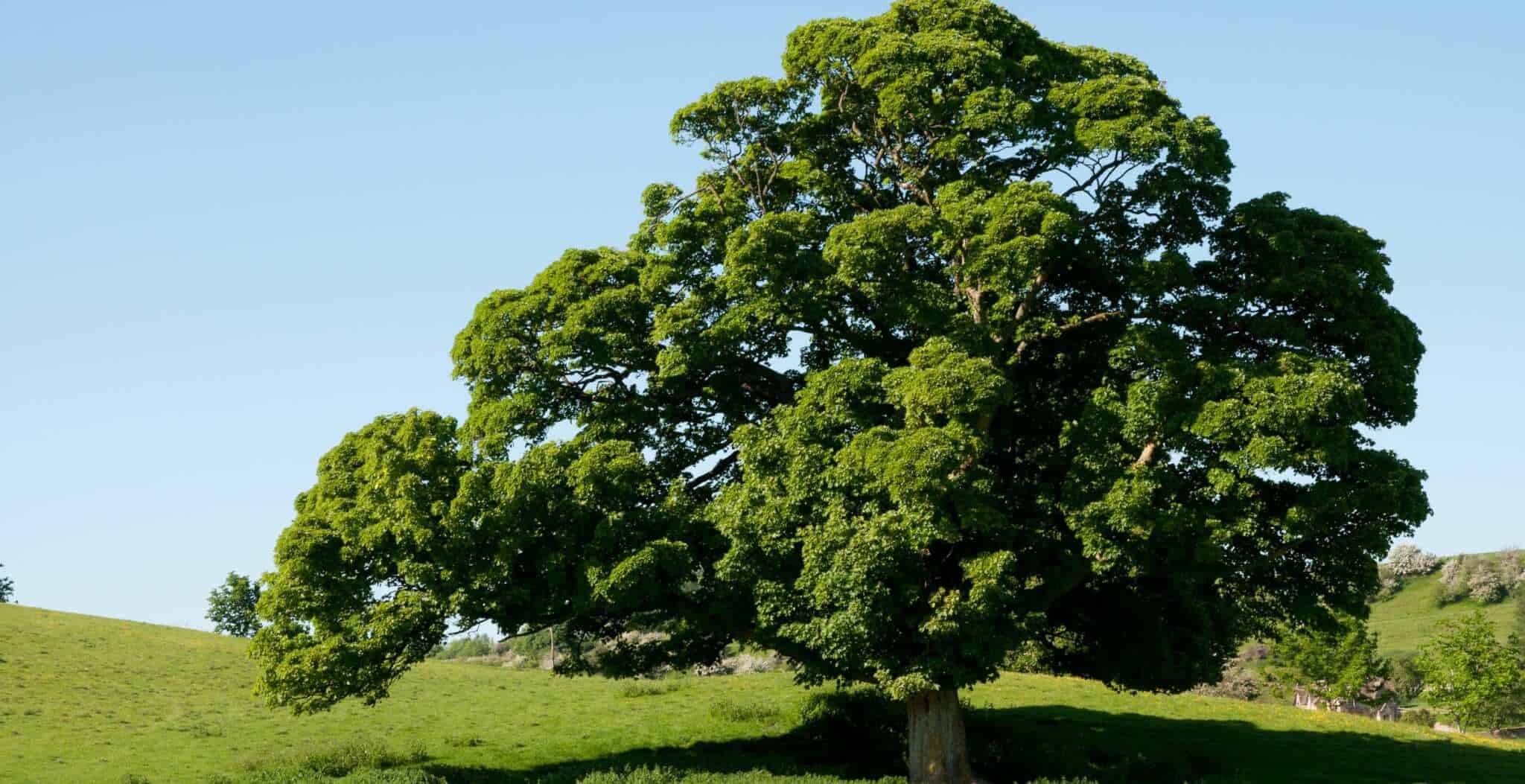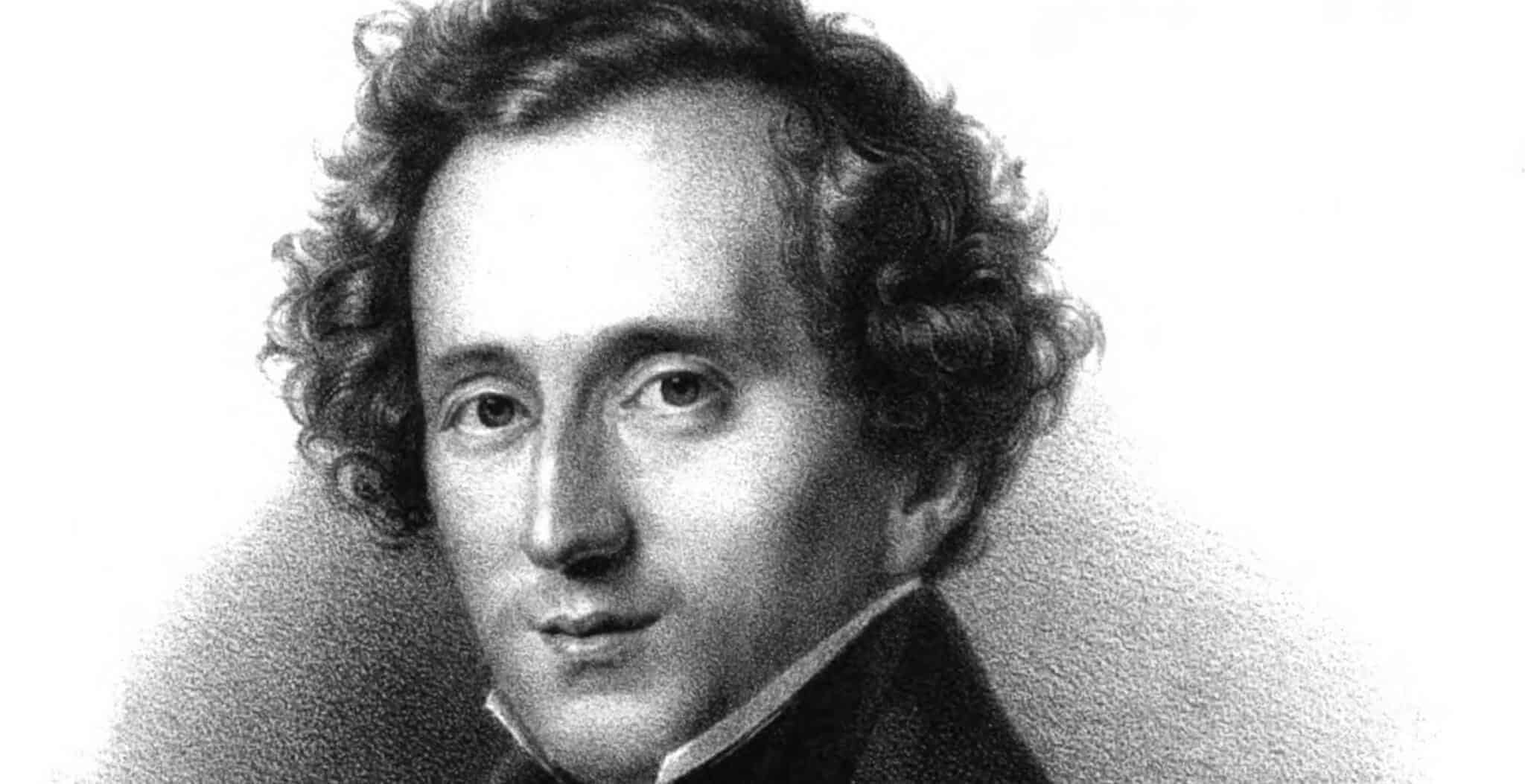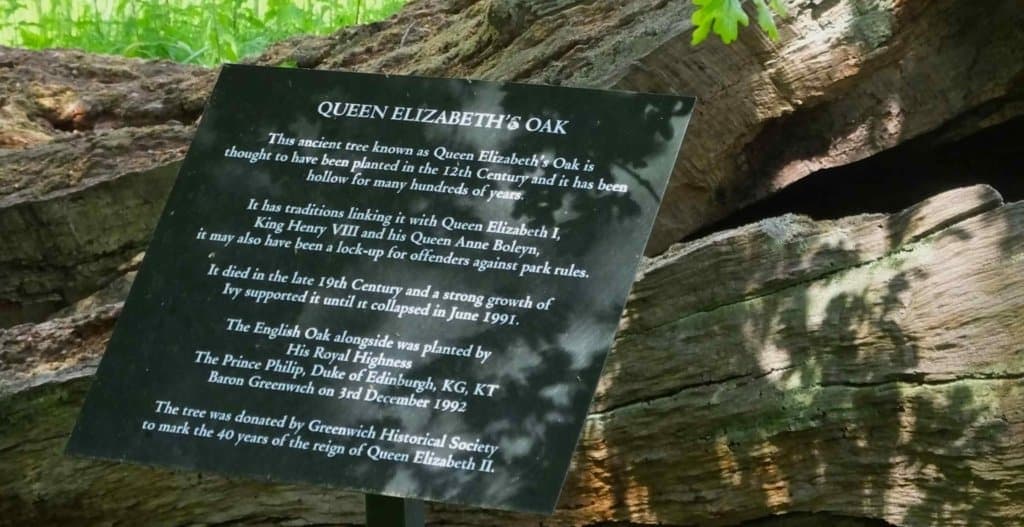The mighty English oak* is woven into the history and folklore of England.
Druids would worship in oak groves, couples would marry under their spreading branches and the Yule Log, decorated for Christmas with holly and mistletoe, was traditionally cut from oak. Acorns, the fruit of the oak, were carried by folk as charms to bring good luck and good health.
The timber, prized for its strength and durability, is still used in the construction of houses, furniture making and of course, shipbuilding. The English oak has always enjoyed a close association with the Royal Navy, whose ships were constructed from oak timbers until the middle of the 19th century, earning the Senior Service the nickname ‘the Wooden Walls of Old England’. Since the Restoration of the Monarchy in 1660 there have been eight warships called HMS Royal Oak, and ‘Heart of Oak’ is the official march of the Royal Navy.
Over the centuries, oak has been used to make barrels to store wines and spirits, and its bark is also used in the leather tanning process. Until the early twentieth century, the large round growths found on the trunks of oak trees, known as called oak galls, were used in the production of ink.
More recently, the image of an oak tree has appeared on the reverse of the pound coin and the National Trust uses a sprig of oak leaves and acorns as its emblem. ‘The Royal Oak’ is also one of the most popular names for pubs in Britain!
The composer Charles Dibdin called the oak ‘England’s Tree of Liberty’ in his 1795 patriotic song of the same name, the first verse of which is as follows:
“When Freedom knew not where to rove,
From conquer’d Greece and groaning Rome,
At random driv’n like Noah’s dove,
Without a shelter or a home:
Th’ expanded world she view’d, where best,
She might repose her weary foot;
Saw this our isle, set up her rest,
And bade the spreading oak take root;
Bade it adorn the land, and be
Fair England’s tree of Liberty.”
The oak even plays a part in weather prediction:
If the oak before the ash,
Then we’ll only have a splash.
If the ash before the oak,
Then we’ll surely have a soak!
There are more oaks in England than any other woodland tree. Their distinctive shape makes them easy to spot in the English landscape. Because of their size (they can grow to over 30 metres) and the fact they can live for over 1,000 years, much of the folklore surrounding these mighty trees concerns individual oaks.
Perhaps the most famous of these is the Royal Oak, in which the future King Charles II is said to have hidden from the Roundheads at Boscobel House following the Battle of Worcester in 1651 during the English Civil War. The king’s own account, dictated some years later to Samuel Pepys, records how he hid in a great oak tree whilst Parliamentarian soldiers searched below. After the Restoration in 1660, Charles inaugurated 29th May as Royal Oak Day (or Oak Apple Day) to celebrate his escape.
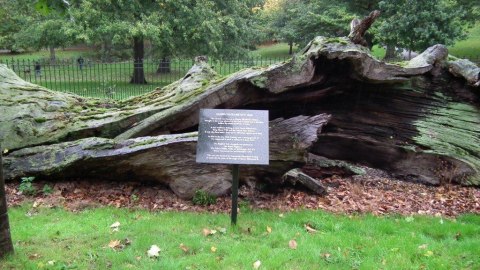
Another ancient oak is to be found in Greenwich Park, London. It is believed that Queen Elizabeth’s Oak (above) dates back to the 12th century; according to legend, King Henry VIII and Anne Boleyn once danced around it and Queen Elizabeth I picnicked under it. Unfortunately this illustrious tree was brought down in a heavy storm in 1991 but it remains, slowly decaying, in the park with a young oak planted beside it.
In Leicestershire, ancient pollarded oaks can be found in Bradgate Park. These trees were allegedly ‘decapitated’ in 1554 by foresters as a sign of respect, following the beheading of Lady Jane Grey who was born at nearby Bradgate Hall.
At the foot of Glastonbury Tor in Somerset stand two very ancient oaks, reputedly over 2000 years old and known as Gog and Magog. It is thought they may be the last remnants of an avenue of oaks leading up to the Tor, itself steeped in myth and legend.
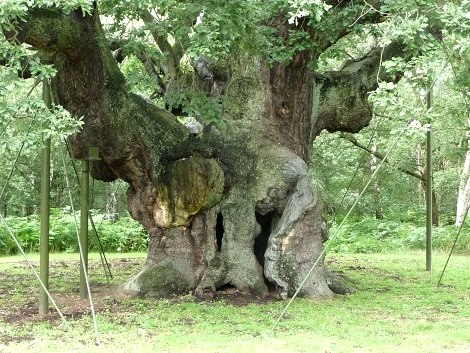
Today the Major Oak (above) is reputed to be the UK’s largest oak tree. It stands in the heart of Sherwood Forest and according to legend, Robin Hood and his Merry Men would camp under its canopy. A popular tourist attraction, the veteran tree is thought to be around 800 to 1000 years old.
*Quercus Robur or Pedunculate Oak
